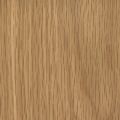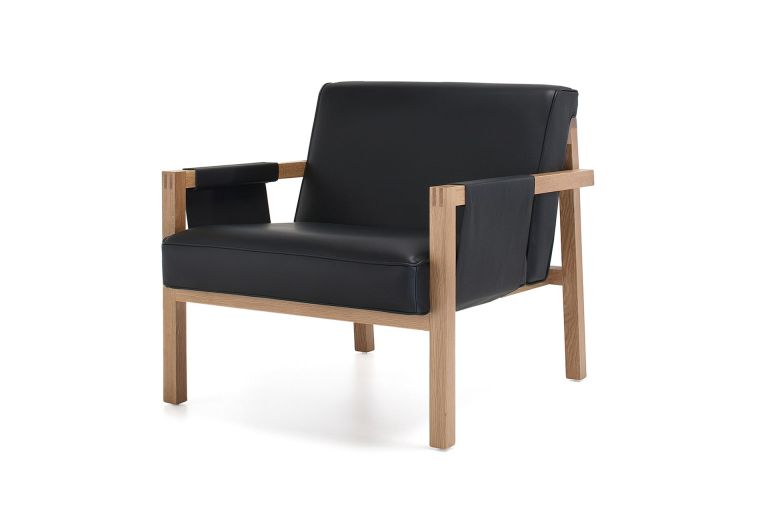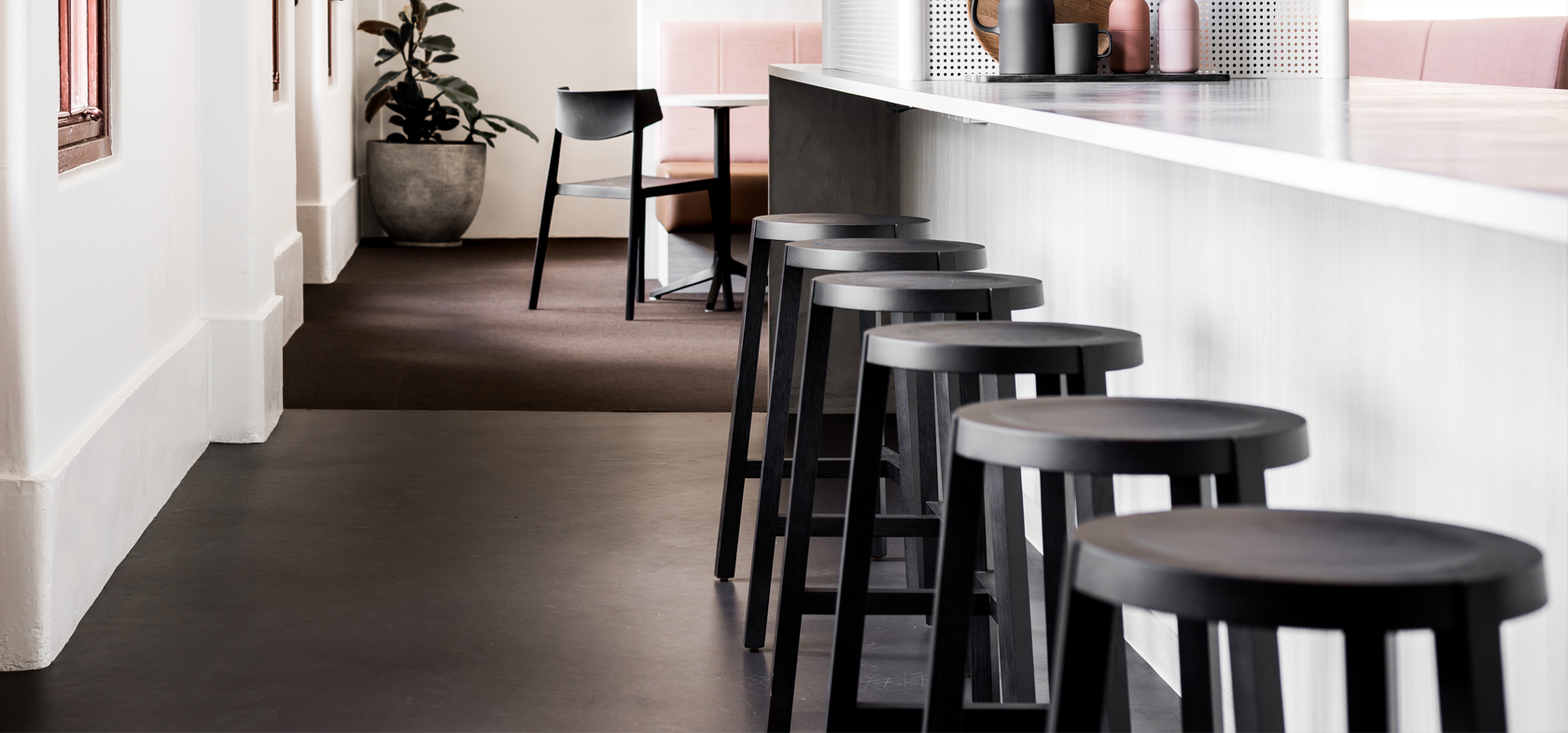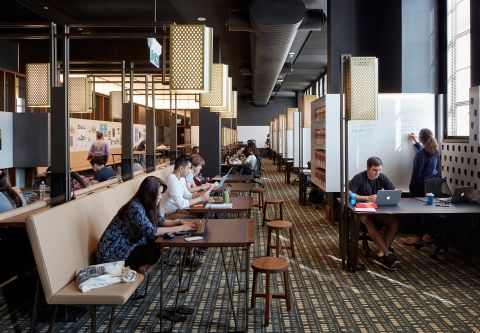Toro Stool
One distinctive design available in two heights, the Toro Stool shares an approach common to the Toro Chair and Toro Badjo Lounge, featuring statement lines and exploring angles within the wood for a natural but refined appearance. The backless form allows for many different applications with the low chair available as a side table, as well as a seat. In addition to a natural Oak finish, Toro Stool are also available in a number of paints and washes from the Schiavello Colourlab.
Send enquiry







Overview
- High and low natural oak stools as part of the Toro collection.
- 320ø x 450-650H mm, view all Specifications.
- Made of solid oak with statement linework and joinery.
- Product of Australia.
- 5 year warranty.



6-8 weeks
Downloads
Toro’s rigorous and fine appearance is echoed throughout its linework and joinery, which features high-strength fixed finger joints for optimal strength, negating the need for external metal fasteners. Comprised of Oak, Toro neatly blends fine materials for beauty from every angle.
Toro’s frame is made from solid Oak – a low embodied energy and a renewable resource. Each piece in the Toro line is produced sustainably using water-based stains and sealers, low VOC finishes and wood harvested from sustainably managed forests.
The Toro collection offers elegant and restrained seating elements, including standing and bar height tables and chairs, stools and lounge chairs. Each piece features a signature clean profile that emulates the poised stance of a fighting bull, creating a sculptural, uniformed aesthetic across the entire collection.
ColourLab finishes
Timber Natural
-

-

-

-

Timber Paint
-

-

-

-

-

-

-

-

-

-

-

-

-

-

-

-

-

-

-

-

-

-

Timber Wash
-

-

-

-

-

-

-

-

-

-

-

-

-

-

-

-

-

-

-

-

-

-

Designed in 2011, Ivan Woods created a sophisticated line of modern classics. Akin to its namesake – Toro means ‘bull’ in Spanish – the Toro furniture collection is distinct and poised.
The understated form inherent within the Toro collection is highlighted through the natural beauty of wood, precision of technology and the warmth of hand craftsmanship. The wide form is inspired by the poised stance of a fighting bull, ready to charge, while its legs are positioned at an angle, inspired by the elegant directions of which a matador must take on during a Spanish-style bullfight. This taut silhouette, complemented by angular lines, is echoed throughout the range, giving it its distinct personality.
Toro’s refined appearance is seen throughout its linework and joinery, which features high-strength glued dowel and butt joints for optimal strength, negating the need for external metal fasteners. This also enhances the simple and angular aesthetic of the collection while providing strong structural support for an enduring stool.
The late Ivan Woods designed interiors and products for over 30 years. His work drew inspiration from his travels and interior architecture training in Perth, Australia. Working across projects within the UK, US, Germany and Italy, Ivan specialised in hotel and workspace design.
Schiavello and Ivan Woods maintained a solid history together. Our collaborative design process, which evolved over a decade, yielded distinctive collections such as Toro Collection in 2011, Palomino Chair in 2014, and both Kayt Village and Bomba Sofa in 2015.
With a strong architectural sensibility and carefully considered geometry, Ivan enriched his designs' emotional qualities in the fine detailing and sense of place. Ivan explained, "Good design is the creation of spaces, experiences and objects, embedded with strong and dynamic emotional connections to the people that use them. This is done through reflecting a sense of place, with a cultural authenticity and aesthetic.”
Related Products

Toro Badjo Seating

Toro Chair








